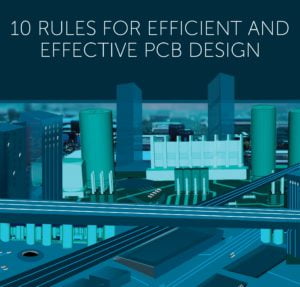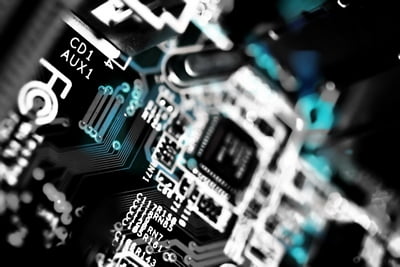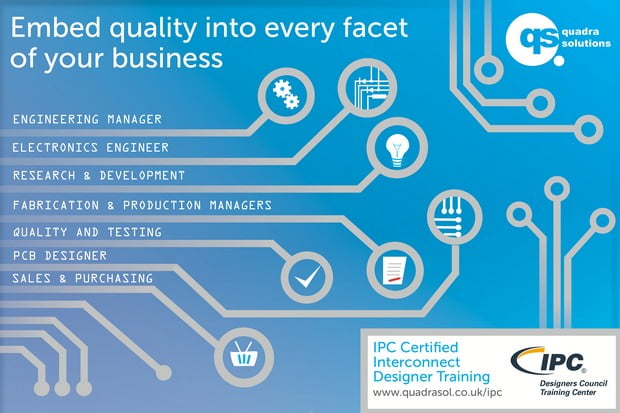Sarah Santangelli takes us through the importance of Trace Widths and what they mean for your PCB design.
What is Trace Width?
Trace width is an important design factor in PCB design. PCB trace could be analog, digital or power, from one junction to another.
The junction can be the pin of a component, a branch off of a larger trace or plane, or an empty pad or test-point intended for probing. Trace widths are often measured in mils, or thousands of an inch. A standard trace width for an ordinary signal (no special requirements) may be in the 7-12 mil range and be as long as a few inches, but there are many things that should be considered when defining the width and length of a trace.
Efficient Trace Width
To ensure effective operation in transmitting signal and power the importance of PCB Trace Width and resistance is crucial. So, what steps do you need to take?
Determine the standard track width to be used
- It is important to balance the standard track size to be used within the design. Too narrow and too close means there is a higher chance of it shorting. If they are too wide and far apart, it can restrict the number of tracks in a given area and this may force the use of additional planes in the boards to ensure the PCB design can be routed. It is a balancing act that needs to be right.
Consider track size for lines carrying current
- The thin tracks used in today’s printed circuit boards can only carry a limited current. Consideration needs to be given to the size of the trace for any that carry power rails rather than low level signals. The table below gives some track widths or a 10degree C temperature rise for different thickness copper boards.
| RECOMMENDED MAXIMUM CURRENT FOR PCB TRACE | ||
|---|---|---|
| CURRENT (AMPS) | WIDTH FOR 1 OZ BOARD (THOUS) | WIDTH FOR 2 OZ BOARD (THOUS) |
| 1 | 10 | 5 |
| 2 | 20 | 15 |
| 3 | 50 | 25 |
Fix the printed circuit board pad to hole ratio and size
- At the beginning of the PCB design it will be necessary to determine the pad and hole dimensions. Typically a ratio of about 1.8: 1 (pad : hole) is used, although sometimes a pad 0..5 mm larger than the hole is used as the measure. This allows for hole drilling tolerances, etc. The manufacturer of the bare PCB will be able to advise on the standards that are required for their process. The ratio becomes more important as the size of the pads and holes reduces, and it is particularly important for via holes.
Determine PCB pad shapes
- Component libraries associated with PCB CAD systems will have libraries for the schematic and PCB footprints for the different components. However these may vary according to the manufacturing process. Typically they need to be large for wave soldering than for infra-red reflow soldering. Thus the manufacturing process needs to be determined before the design starts so that the optimum pad sizes can be chosen and used on the PCB CAD system and hence on the printed circuit board itself.
Need Support with your PCB Design?
Qyadra Solutions have been designing, assembling, and fabricating PCBs for over 20 years and our ability to design and manufacture the highest quality PCB designs and prototypes means the world to every single member of the Quadra team. You can rely on our highly experienced and IPC CID+ accredited team of PCB Design Engineers to provide a full range of PCB Design Services that leave you free to focus on the design concept and product strategy.
Our PCB Design Services
Our ISO 9001 accredited team deliver complex, high-speed multi-layered circuit board design layout, testing, library management and manufacturing services for hundreds of happy customers each year, using a wide range of PCB design software packages including;
- Altium
- Mentor
- eCADSTAR and CADSTAR
- PADS
- Cadence

Quadra PCB design and Manufacturing Services
- Data Preparation
- Library Creation
- Circuit Board Design
- Layout Service
- PCB Assembly and Manufacture
- PCB Reverse Engineering
- Reverse engineering
- High-Speed PCB Design
- Post PCB Layout
- ECAD / MCAD Integration








